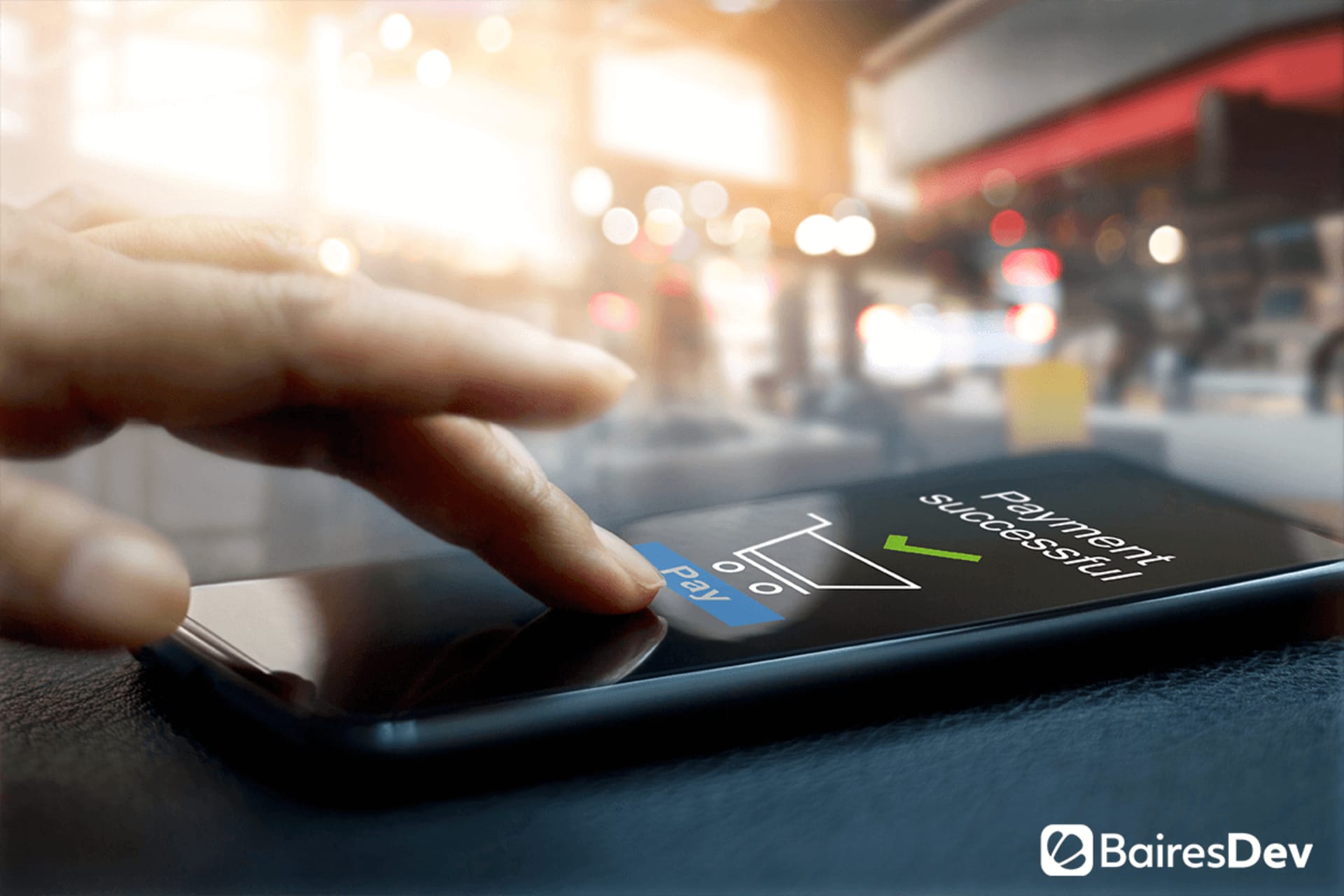The retail industry is in a weird place right now. A few months after the COVID-19 outbreak, more and more businesses are beginning to show some stability and reinventing the value they offer to their customers. But while the retail recovery will be gradual, it certainly won’t come back to the place it was before. Not by a mile.
The Change in Communication
With everyone off the streets and many retail businesses having to close their doors for safety, the meaning of “being there for your clients” has totally changed. Now, keeping consumers close is about being helpful and providing the necessary information for convenience, safety, and adaptation. Navigating this dynamic environment has created three new priorities for any retailer’s communication:
- Following Trends: Both the market and consumer behavior are bound to change drastically overnight. Demand is fluctuating at the rhythm at which the needs of customers change, which makes it hard to predict. Using software tools to review and monitor metrics related to what customers are looking for is critical to maintaining output and formulate strategies during this time.
- Showing Transparency: Everybody knows (or can understand) that supply chains have taken a hit. Being honest and transparent about any information regarding the company’s products and services is key to avoid inconveniences. Customers are mostly looking for clear information on delivery protocols, hours of operation, and safety measures.
- Real-Time Updates: Retailers are striving to coordinate all channels and communications to ensure they are reaching their customers in a timely manner and with the right tone. This has increased the need for smart platform solutions powered by artificial intelligence and cloud computing.
All in all, retailers are building up an image of “preparedness” because that’s exactly what customers are looking for. Communicating useful information emphatically has become the best way to ensure retailers are delivering the assistance people need most from them.
Will Ecommerce Reign Above All?
Ecommerce is certainly in the spotlight for the industry. Online retail has been sort of a lifeline for all brands that were forced to shutter or deal with empty streets. According to the US Department of Commerce, online shoppers spent $127.89 billion more in this year’s Q1, compared to 2019.
Still, this data doesn’t fully reflect the effect of the pandemic in ecommerce. The widespread stay-at-home orders began at the end of Q1, and the most notable boost of revenue will be seen once we are past Q2. However, many consumers are dealing with unemployment, disease, or market uncertainty, which makes the situation even more unpredictable.
But whatever challenges come ahead, it is clear that ecommerce will (and is) gaining an entirely new value to retailers. A study by PowerReviews revealed that digital sales have increased by 210% between February and April of 2020. What’s more, review engagement is up 105% in the same time period. Online traffic and shopping volumes will only continue to climb over time.
What about Brick and Mortar stores?
The jury is still out on this one, for sure. But on-site shopping is a huge part of social behavior among various cultures. That is practically a guarantee that brick and mortar stores will prevail—and it is likely that we won’t have to wait that long to see them surface again. What will most definitely change is the operational part. In order to operate ethically, lawfully, and competitively, stores will implement the so-called Safe Shopping Practices, which include:
- Implementing cleaning protocols across every store. This includes consumer-side actions such as sanitizing stations, cash wraps, and limited in-store capacity.
- Minimizing all contagion points by providing employees with all the necessary supplies they’d need to keep themselves and customers safe. Think masks, face shields, plexiglass partitions, and other precautionary measures.
- Opening under reduced hours and actively regulating the flow of customers in stores.
- Properly training all staff to follow hygiene protocols and constantly monitor for COVID-19 symptoms.
Although all of this might sound a bit difficult to accomplish in the short term (both for SMBs and large enterprises), it is certainly not impossible. For example, Gap is looking forward to reopening 800 stores by the end of the month following these very same premises. Nonetheless, the company is still planning to focus mostly on the digital side of things.
Is this the new era of Retail?
Historically, crises have bred change. And the COVID-19 pandemic is most likely not different. Faced with drastic demand fluctuations, mandated store closures, new customer needs, and health responsibilities with their employees, retailers are exploring uncharted territory. Luckily, technology and software solutions have proven to be the most effective way of dealing with all of these challenges.
The new era of retail will be powered by ones and zeros. And I’m not just referring to Ecommerce, but also to every way in which retailers manage information. From predicting market demand with machine learning algorithms to minimizing supply chain risks through blockchain technology. Retail in the post-pandemic world will look like the one we expected to see in a few more years: a tech-driven industry where data is king.
Bouncing Back Up
This pandemic has hit the retail industry hard. Really hard. However, it has also become the breeding ground for innovative responses. When you have your back against the wall, taking a risk doesn’t seem so risky anymore.
To bounce back up from the pandemic, every retailer will need to link its brand with trust, health, and safety. Both to inspire confidence in consumers and to guarantee that operations will continue. But not like they did before. Instead, it’s time to convince and prove to the world that retail is evolving and building an undefined “new normal” that, hopefully, keeps the industry going forward.






